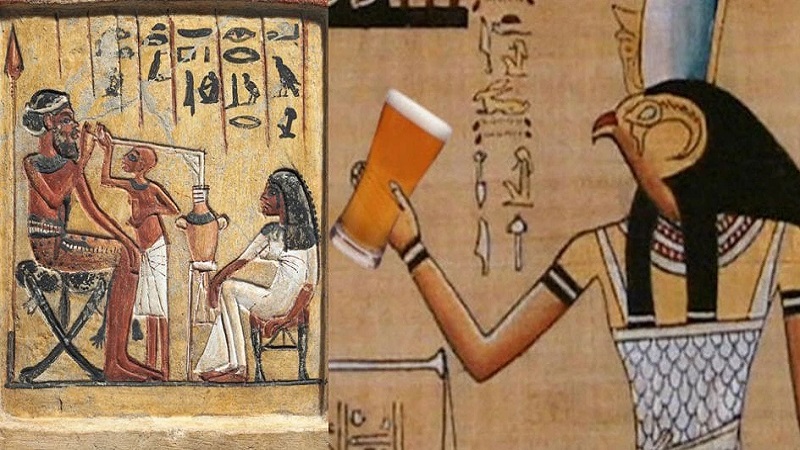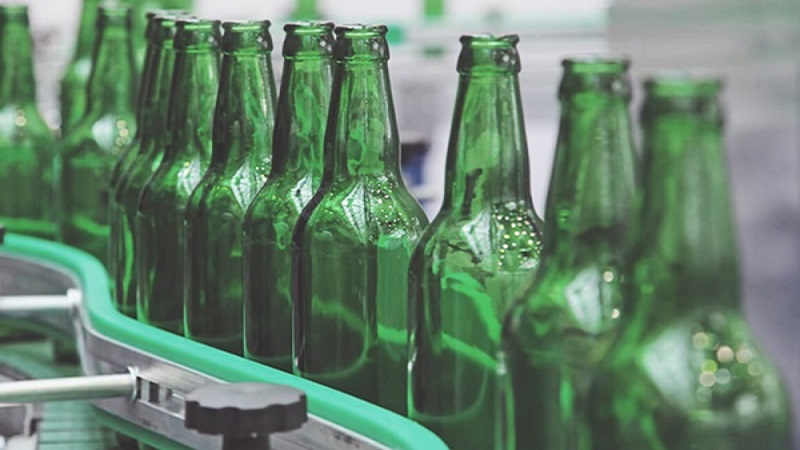Have you ever noticed that beer bottles are always green or brown, and wondered if it makes the beer taste better? Join us as we explore the reasons behind this unique color choice for beer bottles.
1 The Origins of Beer
Beer is one of the most widely consumed beverages in the world today. It has a long history and is considered a drink of the gods, bringing excitement and refreshment.
However, there are many historical stories behind it that most people don’t know, including the reason why beer bottles are only brown or green. Let’s travel back in time to uncover the secrets of this beloved beverage.
The origins of beer go way back, with roots tracing to ancient Egypt and a region associated with the Tigris-Euphrates river system in Western Asia. However, it wasn’t until the 19th century that the technology for crafting beer bottles from glass emerged in England and gradually spread worldwide. It was during this time that producers began to pay attention to the color of beer bottles as they held a business secret unknown to many.
 Beer has a long history
Beer has a long history
2 Why Beer Bottles are Always Brown or Green
Initially, the technology for producing glass bottles was primitive, and the color of the bottles was not a primary concern. But when producers realized that beer could spoil under sunlight, they started paying closer attention to the material and color of the bottles. Deep green bottles were the cheapest to produce at the time, so manufacturers chose this color, and it gradually became the standard.
 Beer bottles are green
Beer bottles are green
These early beer bottles were made of clear glass with a deep green tint. This was a measure to prolong the lifespan of the beer, especially during winter. However, they soon discovered that even when stored for extended periods, the beer developed a strong, unpleasant odor.
In the 1930s, it was found that using even darker bottles, such as those tinted brown, provided better protection against light absorption, preventing the beer from spoiling and losing its flavor. After World War II, the demand and production costs for brown bottles soared, prompting many manufacturers to revert to using deep green bottles. And thus, the colors green and brown became synonymous with beer bottles, continuing to this day.
 Beer bottles are brown
Beer bottles are brown






























